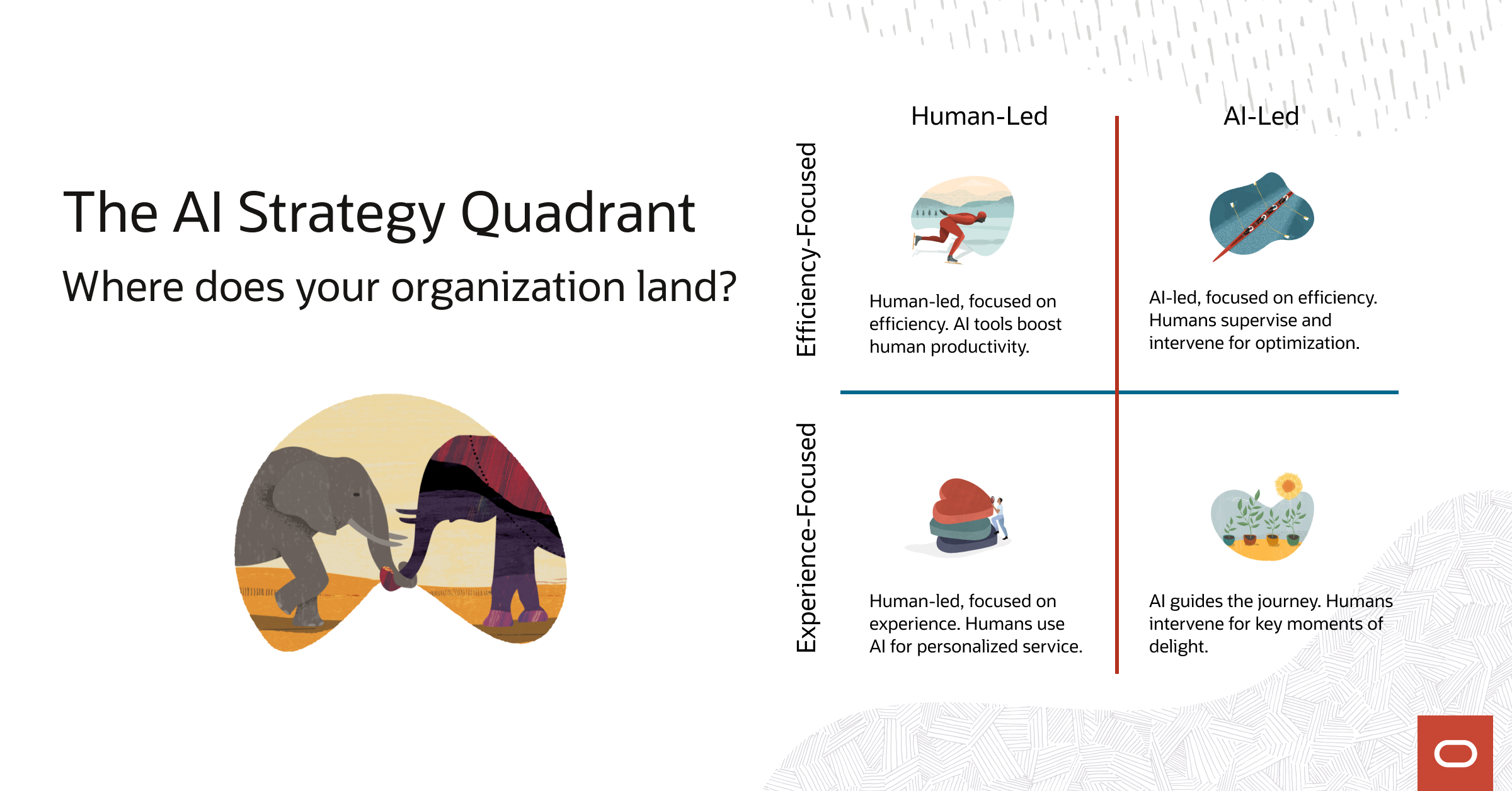In my last post, I argued that if AI is now part of your workforce, it needs to be managed like part of the team, with clear roles, oversight, and integration. But managing AI agents effectively requires more than supervision. It requires a design phase that defines what kind of experience you want to create in the first place.
Too often, organizations rush to deploy AI agents to automate processes, resolve tickets, or deflect calls, without first asking the most important question: What kind of service experience do we want to deliver? Without a clear answer, AI doesn’t improve CX. It just streamlines the mediocrity.
What Is Service Design in an AI World?
Service design has always been about mapping out ideal customer journeys, aligning internal processes, and defining how people, tools, and systems come together to create those journeys. In an AI-first world, this doesn’t change, but it does get more complex.
Now, the “people” part includes AI agents. And those agents aren’t just responding to scripts. They’re generating content, making recommendations, triggering workflows, and in some cases, resolving customer issues entirely. That means the way you design service must now account for how and where AI shows up in the journey.
Designing for AI Agents, Not Around Them
Effective service design in the AI era means intentionally shaping roles and responsibilities for AI agents alongside their human counterparts.
Ask questions like:
- Where can AI improve speed, accuracy, or personalization?
- Where do we need human empathy, judgment, or escalation paths?
- How do we ensure AI and human agents work together without duplicating effort or creating friction?
- What does our brand sound like when the “voice” is synthetic?
These aren’t just technical questions. They’re strategic ones. Because every AI-powered interaction becomes a brand moment – possibly the only one a customer has.
Don’t Automate Without Intention
One of the most dangerous assumptions in CX right now is that automating more is always better. Automation is only valuable if it’s in service of a better experience. Sometimes that means speeding up resolution. Other times, it means slowing down to add a human touch.
The key is knowing why you’re automating. Are you trying to reduce cost? Improve CSAT? Enhance loyalty? Without clarity, AI will default to optimizing for efficiency, not experience.

The Strategic Imperative
Your blueprint for service excellence should precede your AI deployment, not follow it. Companies that skip this step risk embedding AI into broken processes or poorly defined experiences, amplifying inconsistency instead of solving it.
One of the most exciting outcomes of great service design in the age of AI is the way the role of a service professional can be elevated. Companies can reserve human effort for the moments that matter most, while orchestrating AI to handle the routine, the repetitive, and the scalable.
In our next post, we’ll explore the human role as well as how to measure whether your AI-infused service design is actually working, and what new KPIs and visibility layers you need to manage a blended workforce effectively.
Ready to see examples of this human-AI partnership in action? Join our upcoming session at Oracle AI World: Keep the Human, Add the Scale: AI Agents in Service Operations. We’ll demonstrate how leading organizations are using Oracle’s AI Agent Studio to amplify their top performers. Register here.
